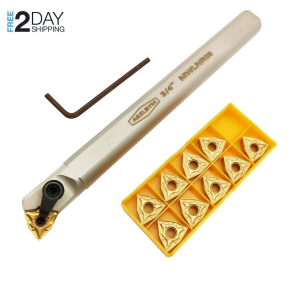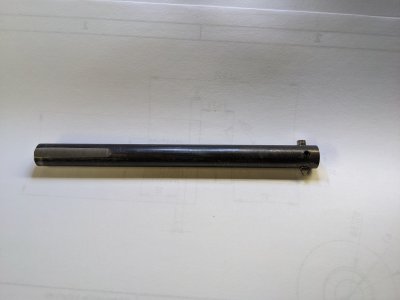- Joined
- Jul 28, 2017
- Messages
- 2,390
A few days ago I bought an attachment for my little 7x12 lathe. It's a version of the compound slide that has two 8mm tee slots, instead of the 10mm threaded hole for mounting tool posts. I had thought of making something like it from scratch, but the cost for the materials was comparable to what this thing cost.
The idea was to enable me to perform some operations on long workpieces (like drilling accurately-positioned holes on their ends). My benchtop mill doesn't have much Z axis range, which is further reduced when a drill chuck is installed, so with this approach I can clamp pieces down using tee slot type workholding clamps. Very long pieces could be accommodated (with end support). The main limitation is the height of the compound, but, still, it will add some capability to my shop w/o spending a whole lot of money on it.
Anyway, I'm also thinking the new slide could be used for line boring, too. Which brings up the question, what sort of cutter profile is best for this? Symmetrical, like what's used to cut threads? Left hand? Right hand?
The idea was to enable me to perform some operations on long workpieces (like drilling accurately-positioned holes on their ends). My benchtop mill doesn't have much Z axis range, which is further reduced when a drill chuck is installed, so with this approach I can clamp pieces down using tee slot type workholding clamps. Very long pieces could be accommodated (with end support). The main limitation is the height of the compound, but, still, it will add some capability to my shop w/o spending a whole lot of money on it.
Anyway, I'm also thinking the new slide could be used for line boring, too. Which brings up the question, what sort of cutter profile is best for this? Symmetrical, like what's used to cut threads? Left hand? Right hand?



